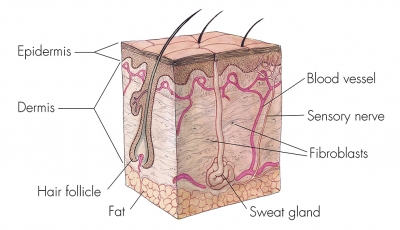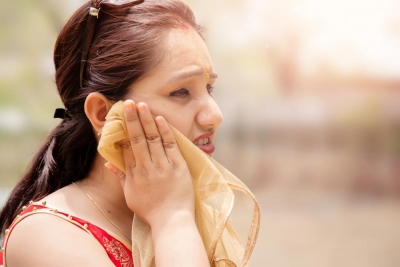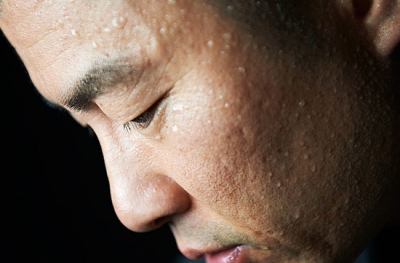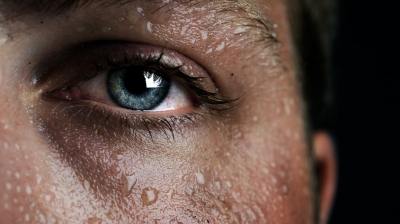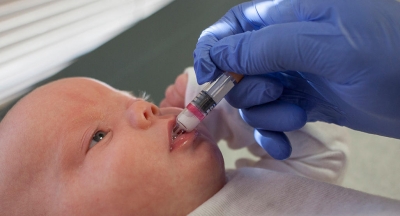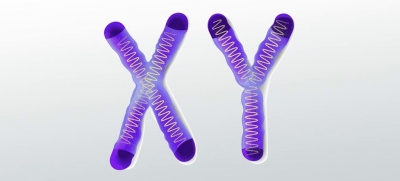
You must have learnt quite a bit about solar panels in school. An electrical device that converts the energy of light directly into electricity, solar cells or photovoltaic cells tap solar energy. As the energy is produced from a renewable source, our sun, they offer huge potential in helping us move away from energy generated by burning fossil fuels (non-renewable sources)
Given the important role solar cells can play as an energy source, there is plenty of research on to figure out if we can make the process more efficient. Among these are research that aim at increasing the light captured, as it directly influences the energy produced
Design innovation
An innovation suggested by a team of scientists late in 2020 stands to more than double the light that can be captured by solar cells when compared to conventional solar cells. The team, comprising scientists from the U.K., Portugal and Brazil, discovered that etching a simple pattern could lead to this considerable gain.
According to their study, a shallow pattern of grating lines in a chequerboard design on solar cells can increase the current generated by as much as 125%.
Chequerboard pattern
In their attempt to try and trap more sunlight, the researchers experimented with this design along with other designs (vertical grating lines, crossed lines, etc.) and a conventional plain solar cell. Results showed that the chequerboard pattern with random rotations of the repeating units far outperformed the other competing cells and the conventionally used plain one as well.
While the results might not be as impressive when implemented in the real world with the fabrication measures, the change could well lead to positive impact in the design of new solar cells as a whole. Only time and more experiments can tell us if the chequerboard design does yield the results that we yearn for.
Picture Credit : Google


